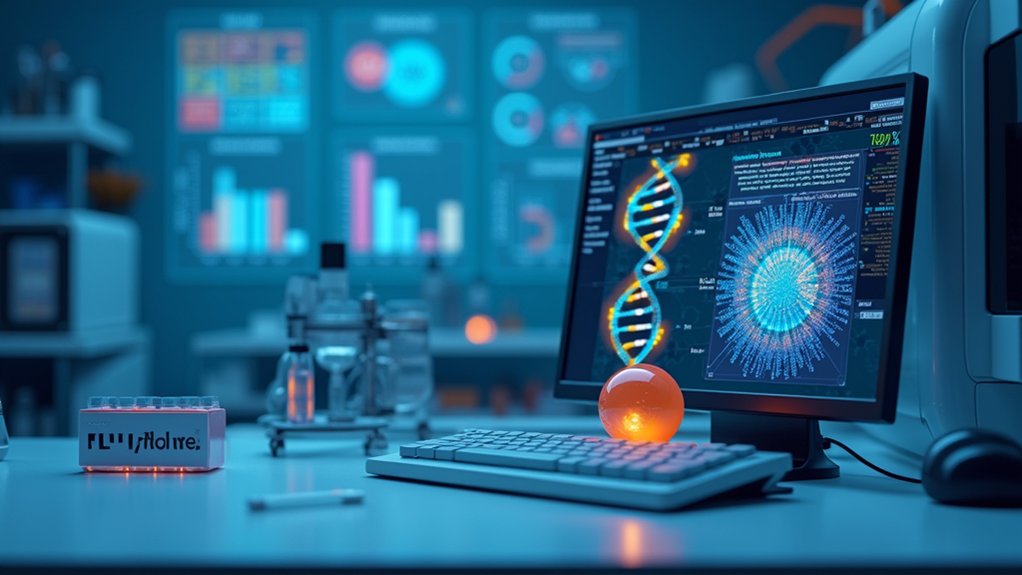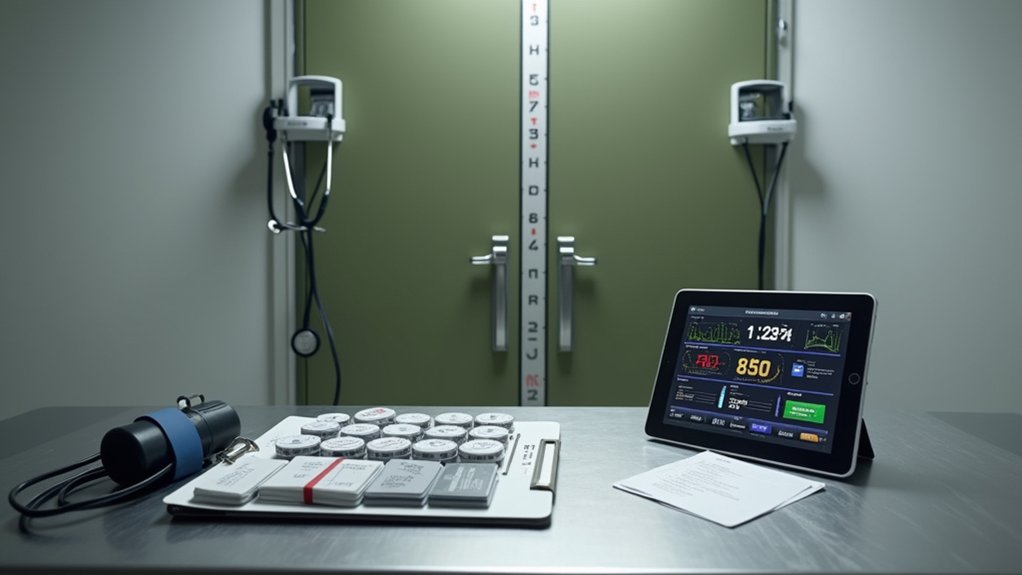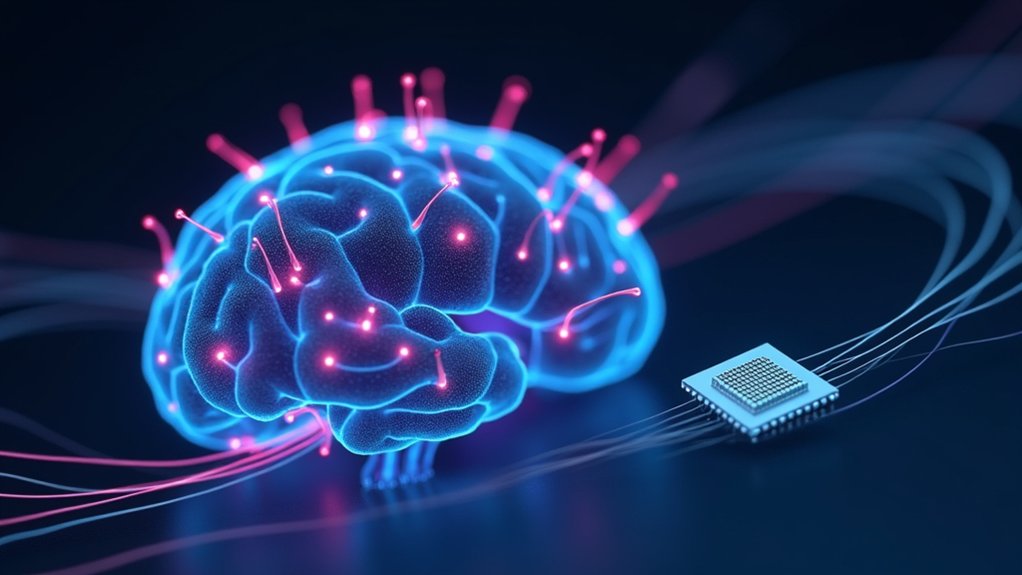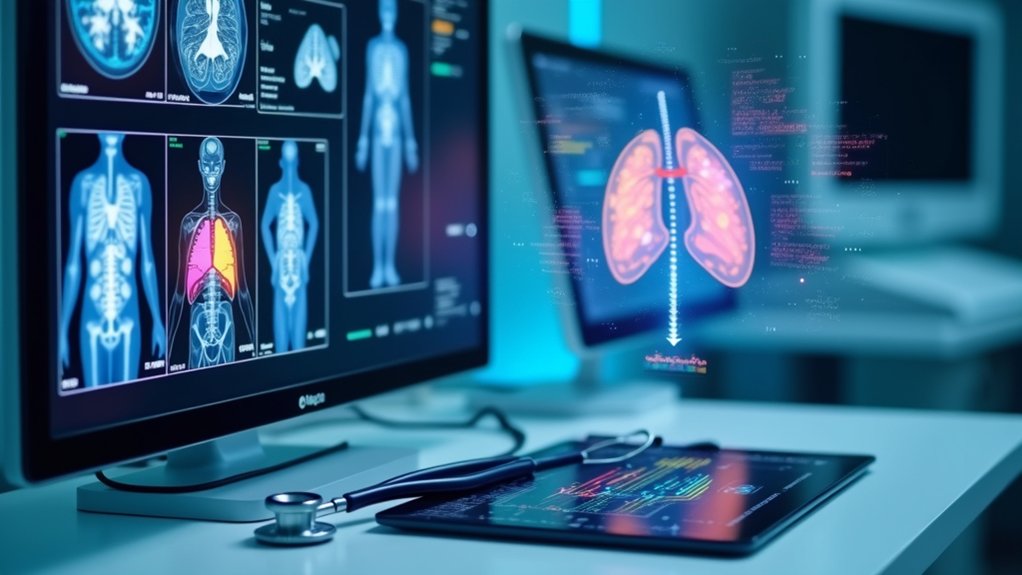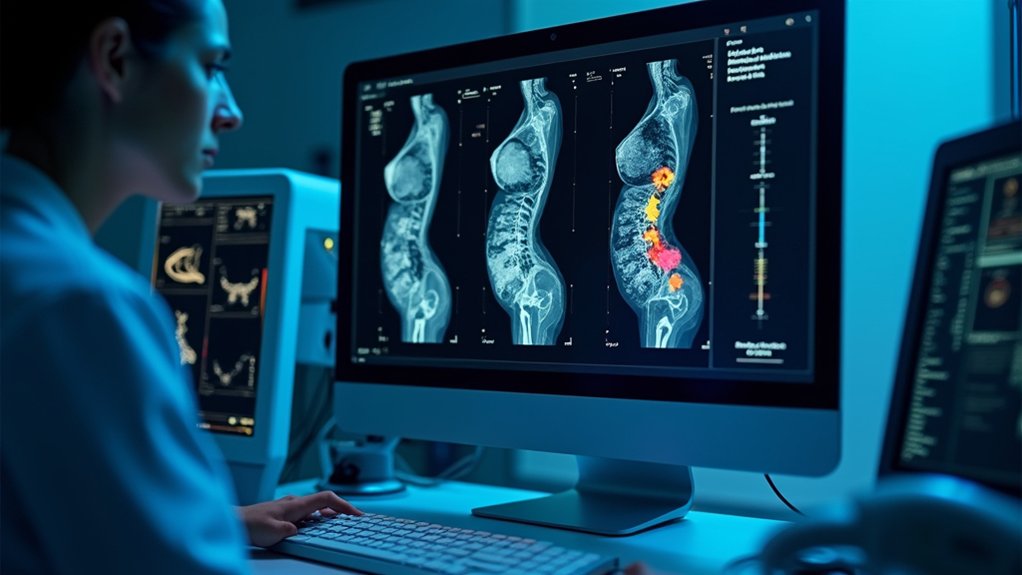Often, AI is stepping in to tackle tricky health issues, like predicting which folks might suffer from GLP-1 drug side effects—nausea, that relentless nuisance. Machine learning algorithms, from companies like Phenomix Sciences and Mayo Clinic researchers, are spotting at-risk patients before trouble hits. It’s a game-changer for obesity care, cutting through the guesswork. The widespread adoption of AI-powered diagnostic tools in healthcare is driving a new era of precision and efficiency, enabling providers to make faster, more accurate decisions than ever before.
In a DDW 2025 study, these tools analyzed genetic data to flag folks prone to nausea from drugs like liraglutide. Yeah, imagine skipping the side-effect roulette.
Researchers dove into genetic risk scores, using AI to link DNA to digestive woes. They crunched data from 110 trial participants, finding that high-score patients were more than twice as likely to get nauseous—68% versus a mere 30% for low scorers. This saliva-based test, MyPhenome, peers into your biological blueprint. It’s like AI playing detective, uncovering why some bodies rebel against meds. Two people even dropped out of the study because of it, and one had to dial back the dose. Sarcastic high-five to nausea for ruining the party.
AI detectives crack genetic codes to predict nausea—high-risk at 68% vs. 30%. Sarcastic cheers to side effects crashing the show!
Nausea doesn’t mess around; it’s the top complaint for GLP-1s, hitting up to 40% of users, with 6.4% bailing on treatment. These side effects, particularly nausea, often occur in the first 4 to 8 weeks of treatment. In that same trial, high-risk folks on liraglutide faced the brunt. Blunt fact: it derails progress. But AI steps up, predicting these pitfalls to boost adherence and personalize care. No more one-size-fits-none approaches.
The perks? AI slashes waste, dodging unnecessary ER trips and matching patients to tolerable meds right off the bat. It streamlines clinical trials, speeding up drug approvals. Tools like MyPhenome could revolutionize obesity treatment, making it smarter, not harder.
In pharmacovigilance, AI monitors safety, flagging oddities from FDA data. It’s like having a watchful eye that never blinks, turning potential disasters into dodged bullets. Emotional truth: this tech isn’t just innovative; it’s a lifeline for those fighting the weight battle, one prediction at a time.
All in all, AI’s foresight in GLP-1 side effects is reshaping health care, making it more humane—and less nauseating. This research also highlights the MyPhenome test that helps identify patients likely to respond to specific therapies.
